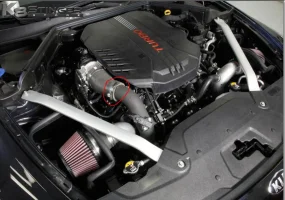Has anyone used CRC to clean their intake valves yet? I have been reading about GDI engines and carbon build up and I was wondering. The CRC company says use it every other oil change to keep the carbon at bay.
I'm already running an oil catch can, but was just curious if anyone regularly treats their engine with CRC? I want this thing to continue running like it does for as long as possible!
I'm already running an oil catch can, but was just curious if anyone regularly treats their engine with CRC? I want this thing to continue running like it does for as long as possible!





